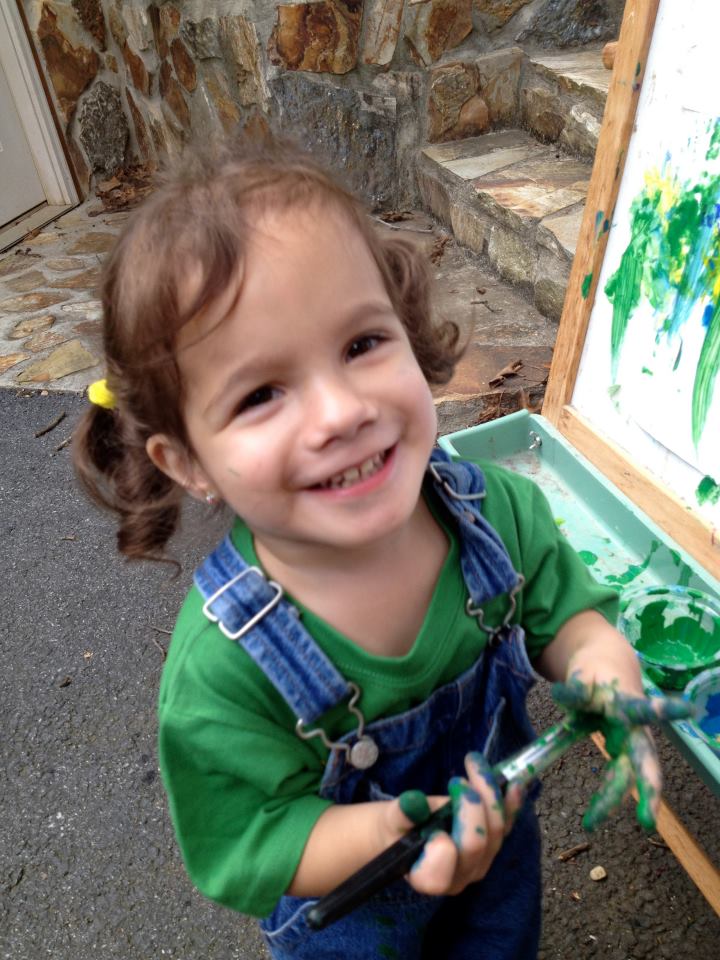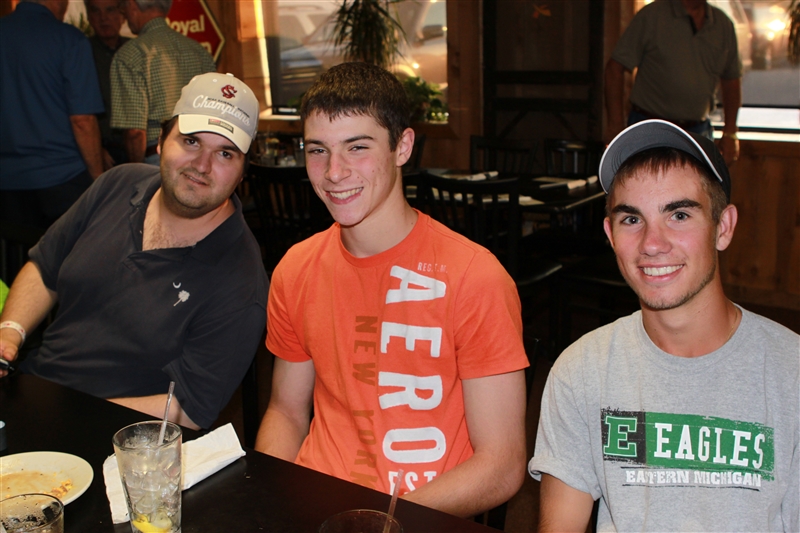Change can be difficult for many, but is particularly difficult for children who have hemiplegia. There are a number of transitions in the life of a child with hemiplegia. Children typically experience the following transitions:
- early childhood intervention program to a school special education program
- school preschool program to Kindergarten
- elementary school to middle school
- middle school to high school
- high school to work, vocational program, or college
- moving from a parent’s home
Some of the general steps for planning and implementing a transition include:
- setting up a timeline – learn dates and deadlines for paperwork
- choosing the next program for your child – public school, private, and home care are a few examples
- investigating programs – observe the program in the classroom, talk with other parents
- applying to the program – may require letters from your child’s healthcare professionals, medical records, school records
- working with the school to set up written goals for your child
- working with the teacher to implement those goals
- helping your child adjust to the new program
- monitoring the program – Is it working for your child? Are goals being met? Is your child happy and learning? Should adjustments me made?
- staying on deadlines for paperwork
Transitioning from an Early Childhood Intervention Program to a School Education Program
The Individuals with Disabilities Education Act (IDEA), part B mandates that local school districts provide a free, appropriate, public education for preschool age children with disabilities starting at age 3, unless that would be inconsistent with State law or practice. At age 3, eligible children move from Part C of IDEA to Part B.
The resources below provide information on helping you and your child make a smooth transition from early childhood intervention to the school system.
Transition to Preschool Training Modules for Instructors – These videos are not about a child who has hemiplegia; however, some of the same concerns may arise. We don’t view these as “dilemmas” as they’ve titled the segments – we view them as “opportunities”. Teachers and parents may find these modules helpful. There are 5 modules in the Transition to Preschool section.
Preparing for Transition from Early Intervention to an Individualized Education Program
Head Start Publications from the Office of the Administration for Children and Families Early Childhood Learning & Knowledge Center – information on development, mental health, education and more
Thoughts on Transition from Early Childhood Intervention Program to Preschool From CHASA Families
When you drop him off, try to hold in your emotions as much as possible. If he sees you worried and sad, he might think that preschool is something to be worried about. Try and keep the drop off as matter of fact and upbeat as possible, and tell him that you can’t wait to see him when you come to pick him up in a little while (so that he knows you’re definitely coming back). It will help if you have a specific activity to tell him that you’ll see him after, such as “I’ll come get you after you eat lunch” or whatever the ending activity is at school. You can also tell him when you drop him off that “this is you teacher and he/she is going to play with you and your new friends until I come get you after lunch.” Transitioning to preschool is really hard for mamas, I dropped mine off and went around the corner and cried, lol! It’s funny how slow the time seemed to tick by while I was waiting for it to be time to pick him up. Now I feel like I’m rushing to get everything done while they’re at school and I can’t understand how quickly those few hours pass! hang in there, Mom. Your son might just surprise you with how well he adjusts. – From Julie
I was very worried about my son starting school. Plus he took a bus so that was our ‘good bye’ which was probably easier on him than at the school with me lingering to check on him. He has done very well in the class with a teacher, two aides and another therapist depending on the day to anywhere from 8 to 14 kids, not all go every day like he does. It is a special needs class with peer models so there is a range of disabilities or delays. My son is probably the most severe. He found ways to ‘get his point across’ despite not being able to talk well and has really flourished. This is his second year in the program. Now, he’s turned three over the summer so he just transitioned in at the start of a new school year – don’t know if it would be different starting in the middle of the year. In his class kids transition in at three from early intervention so I don’t think it’s a big deal to the kids, plus some are there every day, some only 2 or 3 etc. I was beyond nervous with the wheelchair, no use of his right hand, no speech, but he loves it and they are wonderful with him. They met with us before had and I wrote up what some of his modified ‘signs’ or speech approximation meant and they teach him new things everyday. I think it will be harder on you, but if they have good communication with you you will feel much more at ease. Good luck loosening the strings, Momma. I still have my older nda (not diagnosed with anything) kids on strings too and I’m slowly learning to ravel the thread a little at a time. – From Angie
When my son transitioned to school services at age three, his behavior therapist took him there a couple of times before he transitioned so he had a familiar person to help him learn the new routine and all that. I know it’s really scary. I went in and told the school how hard it was going to be for him. He loves to prove me wrong though. – From Jamie
For anyone getting ready to transition from birth to 3 services to district services, you may find this somewhat helpful. Of course, the process may vary from state to state but in NY, we had the choice of transitioning to an integrated disability school to continue services or go to private preschool and continue services at a center-based therapy location.
So we just went through the “interview” process with various schools a few months ago. My husband and I visited three integrated developmental disability preschools, a private Montessori preschool and two private preschools. We were hoping to find a good fit for our twins and not have to separate them. We decided on one of the integrated schools as it seemed to offer the most activities for the kids, has a huge playground, didn’t look as “institutional” as other schools and my son with hemiplegia would receive all his therapies there. Here are some things I asked:
1. What is the ratio of teachers and aides to kids?
2. What is the integrated ratio?
3. What is the drop-off/pick-up procedure (ie., park and walk them in or pick up at vehicle)?
4. Do they offer music, art, gym activities?
5. What teaching model do they follow?
6. What is their procedure for “discipline”?
7. What is their procedure if a child is injured?
8. Is there a nurse on staff?
9. Is it a nut-free school, what snacks are permitted
10. Does teacher communicate in writing to parent and if yes, how often (ie. daily?)?
11. What is procedure for parent visits (anytime, by appt., etc.)?
12. How often are there parent included activities/events?
13. Is there busing?
14. If therapy is not available at the school, are they opposed to your private therapists coming in and how much one on one attention, assistance, etc. would they be able to offer your child.
15. If therapy is provided:
a. is the child pulled out of class and if yes, do they do “push-ins” (therapist works with child in classroom on occasion)?
b. do the therapists provide written communication to parent, how often?
c. can you pick/choose the therapists you want after meeting with them?
16. What is policy on potty-training?
17. Do they follow the district school calendar?
18. Cost, obviously? 🙂
Of course we toured each school and the therapy rooms, gym, etc.. Before we started the process I was so scared and nervous and confused but after we started visiting the different schools, the decision became easier and easier. I was surprised that each school varied so much in what they offer the kids. In the end, we were really comfortable with our final decision and we are on day two today, so far so good! – From Aileen
This page is under development. We’d love to have your ideas. Send them using the Contact Us Form.
Transitioning from Elementary School to Middle School
Transitioning from Middle School to High School
Transitioning from High school to Work, Vocational Program, or College
Transitioning to Adulthood from NICHCY







